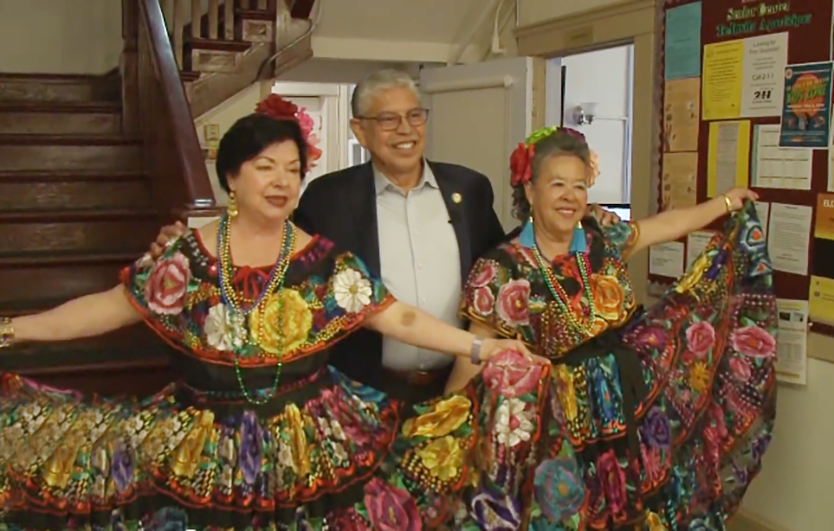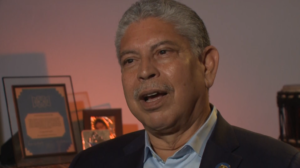The world of culture mourns the death of the artist
by the El Reportero‘s news services
Quino died, but Mafalda will be immortal. The Argentine cartoonist Joaquín Salvador Lavado, a name that said little because he was known worldwide as Quino, died this Wednesday at the age of 88 in Mendoza, his hometown, where he had settled three years ago, after the death of his wife. When he was left a widower, the humorist was plunged into the same sadness that today seizes not only Argentines, but also the world of followers of the story and fictional life of the girl who does not like soup.
“Quino died. All the good people in the country and in the world will mourn him, ”tweeted Daniel Divinsky, friend and historical editor of the artist.
The son of Andalusian immigrants, at the age of thirteen he began to study Fine Arts in Mendoza but got fed up with classicism to dedicate himself to comics. At 18 he went to live in Buenos Aires and managed to publish his first comic strip in 1954 in the weekly “Esto es”. It would take ten more years to present his iconic character in society, becoming over time one of the Argentine myths. The adventures of Mafalda were published between 1964 and 1973, but they continued to be republished, translated, replicated in magazines and newspapers, and traveling the world and different generations for half a century. Until today.
Stand with “Maxima“
Hailed by audiences as this year’s Honeyland, the highly buzzed and acclaimed Maxima follows Peruvian indigenous farmer Máxima Acuña in her fight to protect her land as she stands up to the largest gold producer in the world: US-based Newmont Mining Corporation.
Throughout Máxima’s fight for justice, the film provides an illustrative case study in the tactics used by transnational corporations to commit human rights violations and environmental crimes, the role played by non-profits and The World’s Bank, and, ultimately, the resilience of one woman who refuses to back down. Maxima shows audiences that change is possible.
Maxima was the Audience Award winner at the 2019 Hot Docs, and an audience Top 10 at IDFA. It also received the Honorable Mention Grand Jury Award at the 2020 Slamdance Film Festival and Best of Fest at the Palm Springs International Film Festival 2020, among many other prizes.
Maxima is currently in festivals and will be eligible for 2021 Oscar consideration.
At the Mill Valley Film Festival Oct. 8 – 18.
Influencers kicked out of Mayan ruins in Mexico after refusing to wear masks
A group of influencers was asked to leave some Mayan ruins in Mexico after they behaved “immaturely”, by refusing to wear masks or practice social distancing.
The cast members of a popular local reality show called Acapulco Shore (not dissimilar to the UK’s Geordie Shore) were invited to tour the Uxmal ruins by tourism officials in the hope it might encourage visitors to return to the attraction.
But the visit quickly turned sour, with employees at the site accusing the eight cast members of ignoring signposted rules about wearing masks at all times and practicing social distancing of at least half a meter.
The influencers “were asked to leave, in compliance with health rules,” said the National Institute of Anthropology and History (INAH), reports AP.
INAH added that the group had “flagrantly violated the established safety and hygiene protocols,” yucatanexpatlife.com/invited-to-promote-yucatan-social-media-influencers-kicked-out-of-uxmal/”>Yucatan Expat Life reported.
Photos of the tour posted to social media show the group posing in close proximity to one another by one of the ancient structures.
Authorities from the Mexican state of Yucatan admitted the tour was part of a campaign to restart tourism in the region, but deny that the cast members were paid for the visit.
“The influencers were not paid one single peso,” tweeted Michelle Fridman, the Yucatan state tourism secretary.












